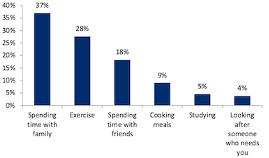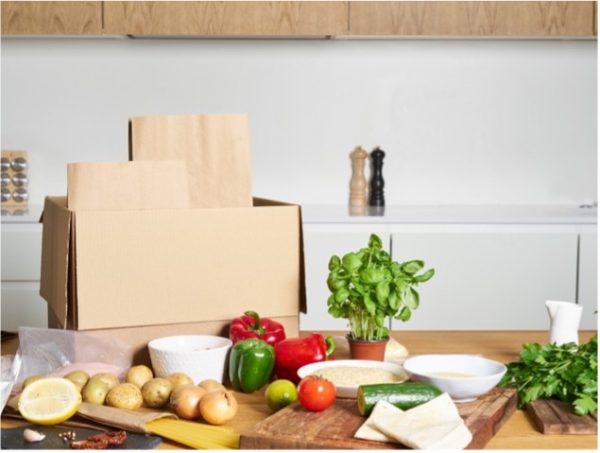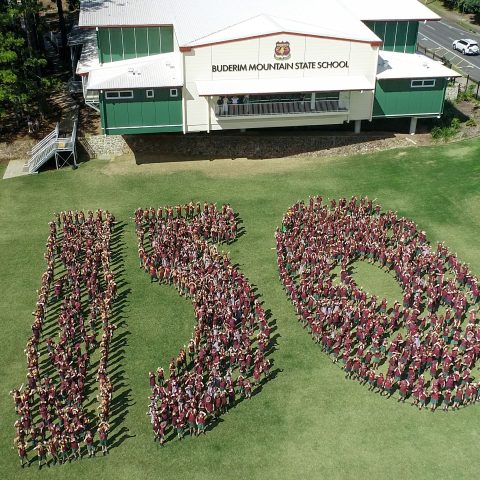Our PR Director, Michelle Smytheman, is passionate about helping emerging professionals in the communications industry and teaches at the University of the Sunshine Coast. As part of an assessment task this year, there have been some excellent blogs written by first-year students about emerging business trends. We are proud to share their work.
Meal kits are subscription-based food services, where pre-planned ingredients are sent to customers with recipe cards to be assembled by the consumer. Meal kits’ popularity in Australia has grown tremendously in recent years. There are many factors that have led to the surge of uptake of meal kits, but the main driver is our lifestyle changes. These lifestyle changes have been attributed to the COVID-19 pandemic, our work-life balance, and the rising cost of living. Together, these elements have created a market allowing meal kits to expand vastly and become a growing trend within the community.
COVID-19 and Meal Kits
The pandemic has brought significant changes to individuals’ lives, bringing unforeseen circumstances and uncertainty around the future. On the 31st of July 2021, parts of Queensland experienced their first stay-at-home orders from the government, meaning many people were confined to their homes. With the lurking danger of COVID-19 in the community, many chose to avoid largely populated areas like shopping centres, creating a perfect environment for meal kits companies to expand. Although the convenient options of meal kits have been around since 2009, meal kit companies have seen a boom in sales during 2020. HelloFresh delivered more than 600 million meals worldwide during 2020, which led them to more than double their year-over-year revenue.
With such uncertainty and fear, the community opted for the safer option of contact-free shopping. With the convenience of all meals being planned with the exact needed ingredients, it was a favoured option for the public during this shift in lifestyle habits. The NPD Group found that, before the pandemic, less than one out of seven households had ordered a meal kit. That changed during 2020 and rose to nearly one in every four households.
The global pandemic has spotlighted buyers’ decisions and how changes in the external environment impact our own pattern of living. Although our interests may stay the same, our activities and opinions have changed. We consider the risk and reward theory when making our way through the buyer decision process. Analysing the data, the community believes the risk is too high to shop for groceries in person, therefore, opt for the security of a meal kit instead.
Australians Are Time Poor
Another large contributor to the growth of meal kits is Australia’s work-life balance. Australians have always struggled with a healthy work-life balance. According to the Organisation for Economic Co-operation and Development (OECD), Australia is ranked 27th out of 35 countries regarding levels of work-life balance. We are also within the bottom third of long working hours, meaning less time for leisure activities and personal care. Thus increasing the need for fast and efficient meal services.

Activities that are most missed because of work hours. Source: The Australian Institute Survey
Since the start of the pandemic, employees have had the opportunity of flexible hours. While this takes away the commute and distractions of a typical work environment, it has not come without any challenges. Work-life balance has become worse for Australians post-pandemic because there is no longer a separation between work and home. There is no longer any cue for the end of a workday, so Australians tend to keep working. In 2021, the OECD found that more than 1 in every 10 employees work more than 50 hours per week, which is considered very long hours by the OECD standards. The increase in working hours decreases the available time for workers to spend at the grocery store or dedicate to meal planning. Meal kits have emerged and given consumers an easy alternative to their problems. Australians are time-poor and want options that won’t cut down their leisure time, so they gravitate to meal kits. They take away some of the modern problems facing Australia’s work-life balance and offer a creative and time-effective solution.
Meal Kits Are Cost-Effective
The effects of the pandemic have seen an increased scarcity of general commodities, meaning the price of groceries and everyday items have grown rapidly. Border restrictions and production shortages have disrupted the logistical supply chain, which has left supermarkets shelves empty. For consumers, this has added extra stress to their routine grocery shopping, along with the exposure and risk of COVID-19. For these reasons, consumers have adapted their lifestyles and changed their living patterns. Many now take comfort in shopping in the safety and privacy of their own home. Combining this with poor work-life balance, Australians have looked for a cost-effective and easy alternative. Meal kits offer a cost-effective and time-saving option, allowing the consumer to experience freshly cooked meals with a large variety of choices. During the recent trying times, meal kit producers have expanded their market by taking mealtime stresses away from consumers. Using platforms like social media, meal kit companies have targeted their market, showing their true value to customers.
Meal kits have emerged and are leading a movement towards convenient and safe mealtime options. The COVID-19 pandemic has forced consumers to evaluate their own lifestyles and values, which has increased the popularity and demand for meal kits. Meal kit providers have seen a large number of sales in recent years, making them an emerging trend within our community.





